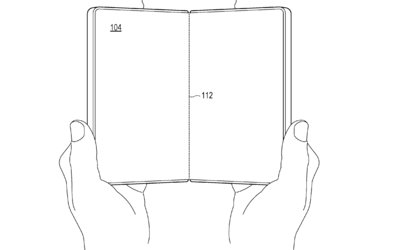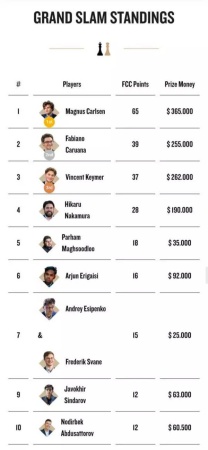Microsoft is reportedly exploring a return to the foldable smartphone market, despite the discontinuation of its Surface Duo line. A recent patent application suggests the company is developing a new device with a unique hinge mechanism, aiming to overcome challenges faced by existing foldable designs.

The patent, filed with the United States Patent and Trademark Office on February 29, details a foldable smartphone concept featuring a "spine cover plate." This innovative design seeks to improve the durability and aesthetics of foldable devices.
The application describes a "flexible display" in a book-style format, reminiscent of the Samsung Galaxy Z Fold series. However, the primary focus lies in the spine cover plate mechanism. This mechanism is designed to protect the single-hinge system by encasing the structural element.
The key differentiating factor is the spine cover's ability to automatically adjust during opening and closing. This prevents gaps around the hinge, offering enhanced protection against dust and water ingress. Currently, Samsung's foldables offer an IPX8 rating, providing only water resistance.
Microsoft's patent suggests the new hinge mechanism could minimize, or even eliminate, the visible crease that plagues many foldable devices.
Furthermore, the design incorporates techniques to reduce the overall thickness of the device. By allowing the spine cover plate to move closer to the hinge when folded, the device's width is reduced.
Microsoft explains: "By retracting the spine cover plate toward the central spine as the first display-supporting frame and the second display-supporting frame are rotated into a face-to-face orientation, the width of the folded computing device is reduced, thereby enabling easier and more comfortable handling of the device, such as with one hand."
The smartphone industry is actively seeking solutions to eliminate the crease on foldable displays. While some manufacturers have implemented water-drop folding mechanisms to mitigate the issue, a completely crease-free foldable remains elusive. Durability is also a major concern.
The addition of another layer, specifically a moving part, on top of the already complex foldable mechanism raises questions about its practicality. Despite the potential benefits and enhanced durability outlined in the patent application, the ultimate viability of this design remains to be seen.
Newer articles
Older articles
 Hetmyer's Heroics: Orcas Stun MI New York with Last-Ball Six in Record-Breaking MLC Chase
Hetmyer's Heroics: Orcas Stun MI New York with Last-Ball Six in Record-Breaking MLC Chase
 Android Users Face Critical Security Risks: Update Your Devices Now, Warns Government Agency
Android Users Face Critical Security Risks: Update Your Devices Now, Warns Government Agency
 Greg Chappell Hails Rishabh Pant's "Revolutionary" Batting, Likens Him to Gilchrist
Greg Chappell Hails Rishabh Pant's "Revolutionary" Batting, Likens Him to Gilchrist
 Dog-Sized Dinosaur Fossil Unearths New Insights into Prehistoric Life Alongside Giants
Dog-Sized Dinosaur Fossil Unearths New Insights into Prehistoric Life Alongside Giants
 West Indies Captain Chase Slams Umpiring After Test Loss, Demands Accountability
West Indies Captain Chase Slams Umpiring After Test Loss, Demands Accountability
 IRCTC's AI Chatbot, AskDisha 2.0, Streamlines Train Ticket Booking, Refunds & Information
IRCTC's AI Chatbot, AskDisha 2.0, Streamlines Train Ticket Booking, Refunds & Information
 Freestyle Chess India Event Scrapped Due to Sponsorship Issues; Carlsen Absence Confirmed
Freestyle Chess India Event Scrapped Due to Sponsorship Issues; Carlsen Absence Confirmed
 Moto G54 Gets Significant Price Drop in India: Check Out the New Affordable Price Tag
Moto G54 Gets Significant Price Drop in India: Check Out the New Affordable Price Tag
 New Zealand Cricket Announces Packed 2025-26 Home Schedule Featuring Australia, England, West Indies & South Africa
New Zealand Cricket Announces Packed 2025-26 Home Schedule Featuring Australia, England, West Indies & South Africa
 Converting JPG to PDF: A Comprehensive Guide for Preserving Image Quality and Ensuring Accessibility
Converting JPG to PDF: A Comprehensive Guide for Preserving Image Quality and Ensuring Accessibility